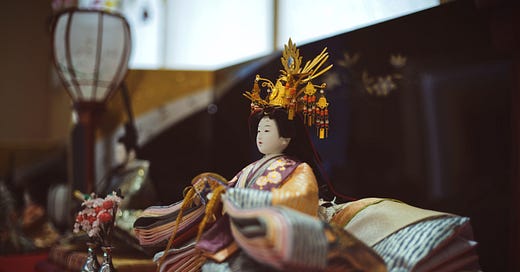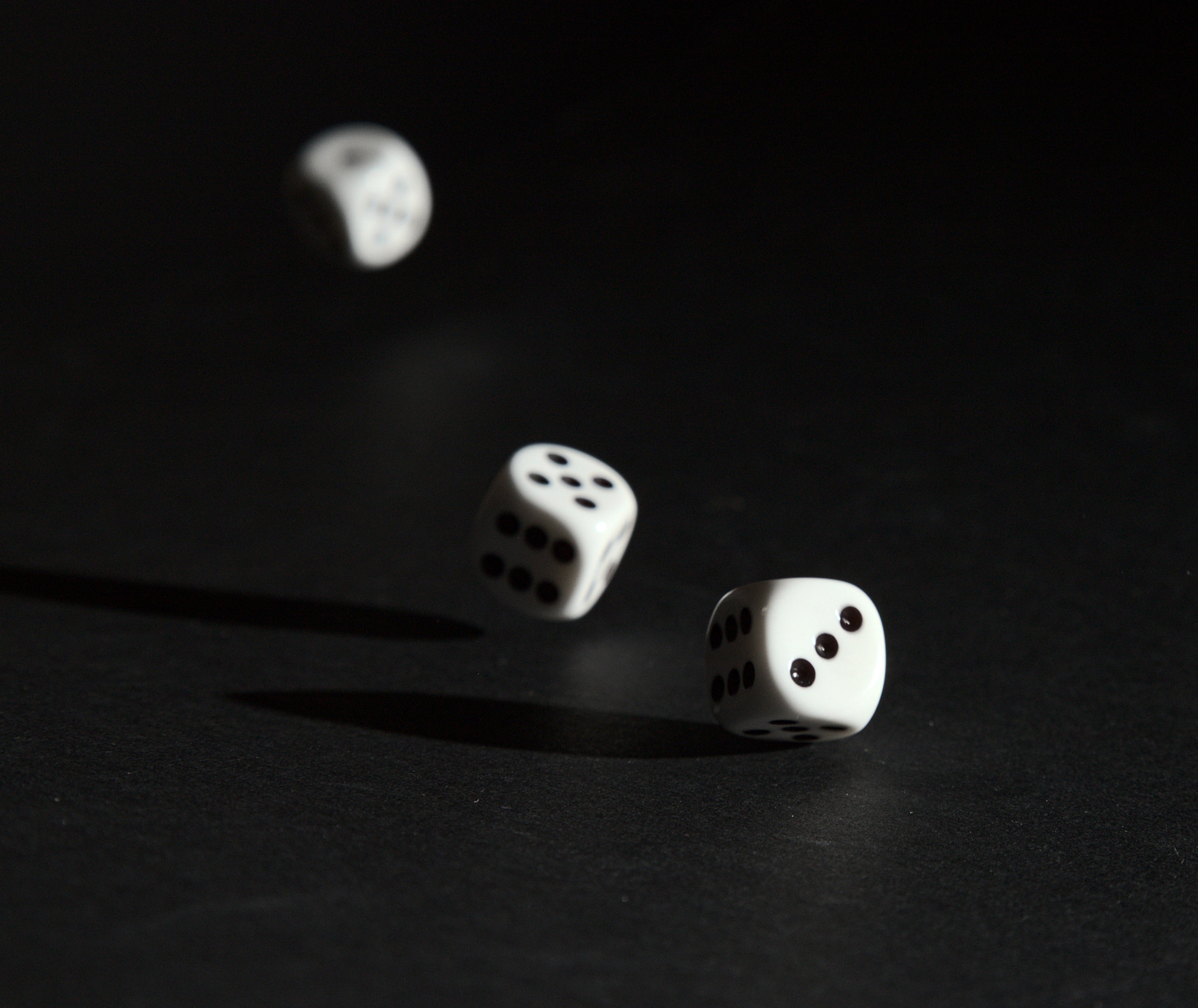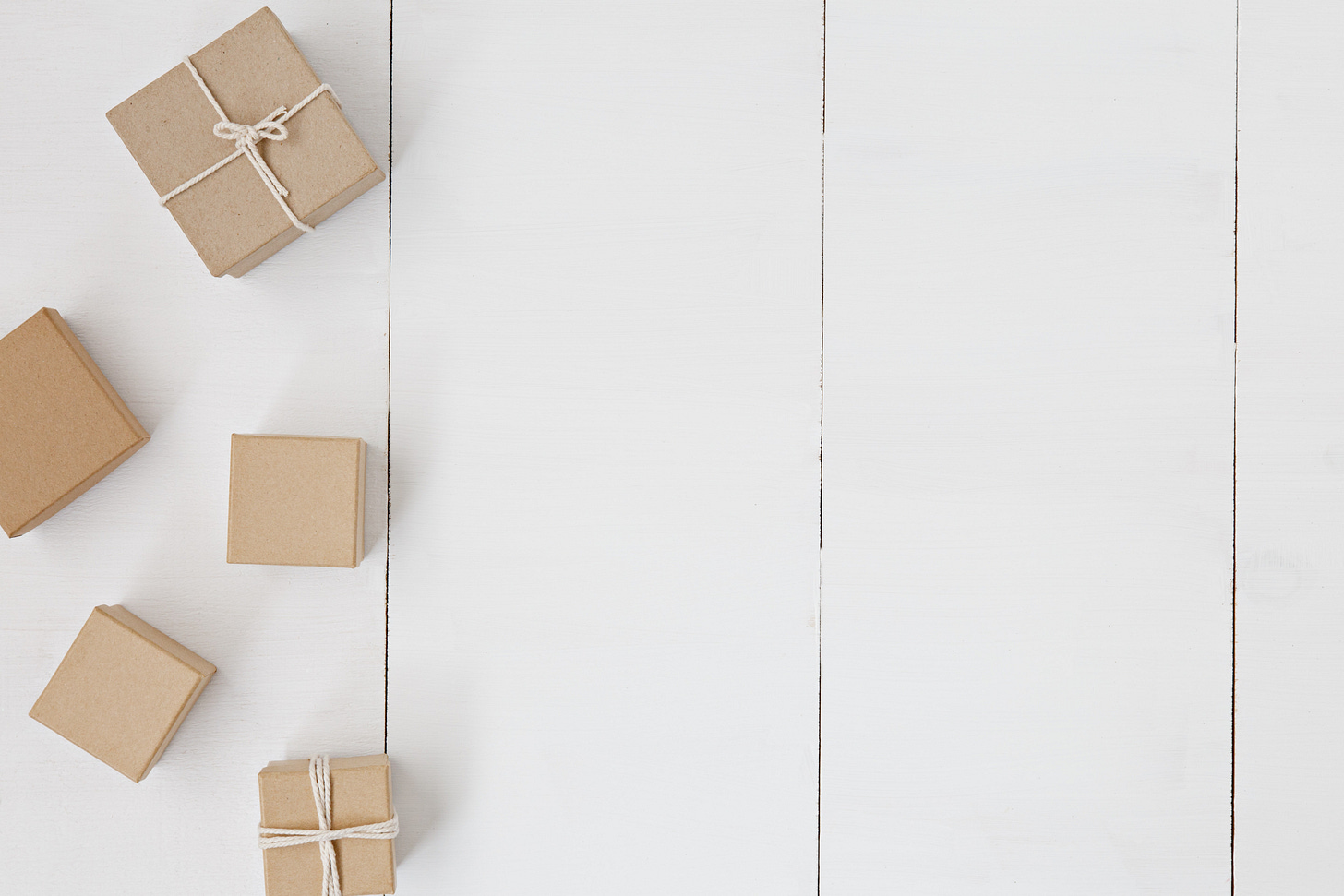Photo by Will H McMahan on Unsplash
Bringing in the new year is a universal event globally. However its celebration can take many forms, depending entirely on where you are in the world. For example, food traditions vary hugely from culture to culture and the same is true for Japan. Earlier this month, my fellow writer, Anna, wrote about her favourite new year food in Japan: Kuromame. Please do read her article and find out how she got on making it:
Gifting is another unique part of Japanese new year tradition. At home, children receive ‘otoshidama’ (new year money) from relatives. But nuance around gifts does not stop there. Which brings me to my topic of the day: Fukubukuro (福袋).
At the beginning of each new year, thousands of people in Japan queue up for hours to get their hands on them. The English translation is "lucky bags" which is the essence of what they are. Mystery gift sets that contain a random selection of items from the shop selling them. All major brands get involved and some even plant golden gifts each year, filled with premium items ideal for a social media tag.
Many believe that the first lucky bag in Japan was sold at a department store. Some believe it first appeared at Ginza Matsuya Department Store in the late Meiji period. Others believe it was at Echigoya, the predecessor of Mitsukoshi, who started selling the trend in the Edo period. Regardless of where it began, people line up for hours to test their luck in purchasing their own lucky bags. It is clearly a hit with consumers and search volume for the keyword in Japanese skyrockets in the final quarter of the year.
Honestly, I can understand why. Who does not love the excitement of a lucky dip. Especially when the result could snag you discounted clothing, concert tickets, jewelry, sweets, electronics, and more. I am quite surprised that it does not exist in other countries.
Behind the Kanji
Let me break down the kanji symbols for you. Fuku (福) means good fortune or good luck, and fukuro (袋) means “bag”. The fuku originates from the Japanese saying that “there is fortune in leftovers” (残り物には福がある). This applies nicely to lucky bags as their creation is an opportunity to get a bit of fortune for oneself, while shopping the new year sales.
What is in the bag and how much do they cost?
While they all contain different items, one thing is certain: everything inside the bag is far cheaper than its retail price. Most bags range from two hundred yen (~£1) to ten thousand yen (~£65). Although each year there are a few extremely expensive fukubukuro available.
Photo by Alois Komenda on Unsplash
Testing your luck is a large part of the excitement
In major department stores, the bags are typically themed to specific departments. To stir up even more excitement and entice shoppers, some shops even include special, premium items in bags at random. You can even win items that cannot fit inside a bag, such as televisions, holidays, and even cars. Instead, merchants place vouchers for shoppers to later redeem.
A large part of the enjoyment is the surprise of what is inside and the tradition is to pre-seal all the bags, so that shoppers can test their luck as they have no idea what is inside. Although some retailers do reveal the contents beforehand to ensure no disappointments and to guarantee shopper satisfaction. But even if you do end up with items you don’t like, you can always trade. Many shoppers will openly trade items with other customers on the spot.
Photo by Leone Venter on Unsplash
Preparing for the big day to get a lucky bag of your own
As for the logistics, getting a lucky bag in Japan can get crazy depending on where you go since they are often first-come, first serve. It is best to get there early. At popular shops, like high-end department stores, you can expect to see hundreds and even thousands of shoppers eagerly waiting.
Although the new year begins on the 1st January, some brands do not begin their lucky bag sales until January 2 and times can vary, so research is important. Some may only sell a certain amount of lucky bags per day, while others may have the option to order one online.
Whether you are lucky enough to be in Japan or not for the new year, one thing is certain. Lucky bags are an important retail event in Japan and brands selling to Japanese consumers should take note and include it in their sales strategy for each new year. Their exclusion in a retail sales strategy gives people an excellent way for them to try items for the first time, as well as getting excited by a brand. Maybe, one day, we may even see something similar in the UK or the US.







